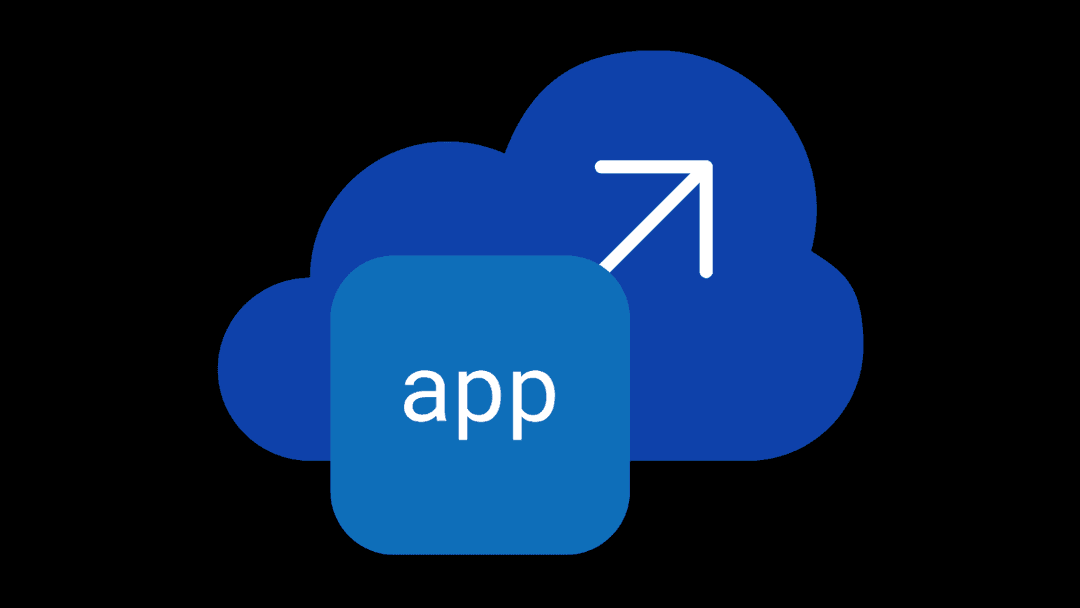Customer edge deployment refers to the practice of deploying network functions and services at the boundary of the customer’s network, near the point of data generation and external consumption. This is in contrast to traditional network architectures where services are typically centralized in a data center, often far from the end users. By moving these services closer to the edge, enterprises can create a more responsive, secure, and efficient network environment.
Here are five key benefits of customer edge deployment
1. Enhanced performance:
- Reduced latency: By processing data closer to where it is generated and consumed, customer edge deployment significantly reduces the time it takes for data to travel across the network. This results in lower latency, which is critical for applications requiring real-time or near-real-time responsiveness, such as online gaming and video conferencing.
- Improved user experience: End users experience shorter load times and more reliable service, leading to higher satisfaction and productivity.
2. Improved security:
- Localized security measures: Deploying security functions at the edge allows for more localized and tailored security policies, which reduces the attack surface and limits the impact of potential breaches.
- Data sovereignty: Sensitive data can be processed and stored within specific geographic boundaries, helping organizations comply with data protection regulations and reducing the risk of data exposure during transmission.
3. Cost efficiency:
- Bandwidth savings: By processing and filtering data at the edge, the amount of data that needs to traverse the core network is minimized. This leads to significant savings in bandwidth costs.
- Optimized resource utilization: Edge deployment allows for better resource allocation and usage, reducing the need for expensive, centralized infrastructure.
4. Scalability:
- Flexible scaling: Edge deployments can be easily scaled to meet localized demand, allowing enterprises to add or remove capacity as needed without overhauling the entire network.
- Distributed load: By distributing network load across multiple edge locations, organizations can avoid bottlenecks and ensure consistent performance—even during peak usage times.
5. Regulatory compliance:
- Geographic data control: Keeping data within specific regions helps organizations comply with local data protection laws, such as the General Data Protection Regulation (GDPR) in Europe. This is particularly important for industries that handle sensitive information, such as healthcare and finance.
F5 Distributed Cloud Services regional edge and customer edge
When it comes to edge deployments, it's important to understand the distinction between different models, such as Distributed Cloud Services regional edge and customer edge. Both approaches aim to enhance network performance, security, and efficiency, but they do so in different ways and are suited to different use cases.
What is Distributed Cloud Services regional edge?
- Regional edge involves deploying network services and compute resources at strategically located regional data centers. These data centers are distributed across various geographic locations to ensure proximity to end users, thereby reducing latency and improving performance. This model leverages regional hubs to process and route data more efficiently compared to a centralized data center approach.
What is Distributed Cloud Services customer edge?
- Customer edge, on the other hand, refers to deploying network functions and services at the periphery of the customer's own network, near the point of data generation and consumption. This approach places resources directly within the customer’s premises or very close to the end users, offering even lower latency and more localized control.
F5’s approach to customer edge deployment
F5 is committed to helping enterprises leverage the full potential of customer edge deployment by providing advanced solutions that integrate seamlessly with existing infrastructures.
- High-performance edge solutions: F5’s edge computing solutions are designed to deliver superior performance, ensuring that applications run smoothly and efficiently at the edge.
- Robust security: F5 offers comprehensive security solutions tailored for edge deployments, protecting data and applications from emerging threats.
- Centralized management: Through API-driven automation and centralized control, F5 simplifies the management of distributed edge locations, reducing operational complexity and costs.
Customer edge deployment is a powerful strategy that modern enterprises are leveraging to enhance network efficiency, security, and performance. By positioning network services closer to the end users, organizations can achieve lower latency, improved security, cost savings, scalable operations, and regulatory compliance. With advanced technologies and solutions from providers like F5, enterprises can seamlessly implement and manage edge deployments, driving better outcomes and staying ahead in today’s competitive landscape.
Learn more about F5 Distributed Cloud Services.
About the Author

Related Blog Posts

AppViewX + F5: Automating and orchestrating app delivery
As an F5 ADSP Select partner, AppViewX works with F5 to deliver a centralized orchestration solution to manage app services across distributed environments.

Build a quantum-safe backbone for AI with F5 and NetApp
By deploying F5 and NetApp solutions, enterprises can meet the demands of AI workloads, while preparing for a quantum future.

F5 ADSP Partner Program streamlines adoption of F5 platform
The new F5 ADSP Partner Program creates a dynamic ecosystem that drives growth and success for our partners and customers.
F5 NGINX Gateway Fabric is a certified solution for Red Hat OpenShift
F5 collaborates with Red Hat to deliver a solution that combines the high-performance app delivery of F5 NGINX with Red Hat OpenShift’s enterprise Kubernetes capabilities.
F5 Silverline Mitigates Record-Breaking DDoS Attacks
Malicious attacks are increasing in scale and complexity, threatening to overwhelm and breach the internal resources of businesses globally. Often, these attacks combine high-volume traffic with stealthy, low-and-slow, application-targeted attack techniques, powered by either automated botnets or human-driven tools.
Phishing Attacks Soar 220% During COVID-19 Peak as Cybercriminal Opportunism Intensifies
David Warburton, author of the F5 Labs 2020 Phishing and Fraud Report, describes how fraudsters are adapting to the pandemic and maps out the trends ahead in this video, with summary comments.
